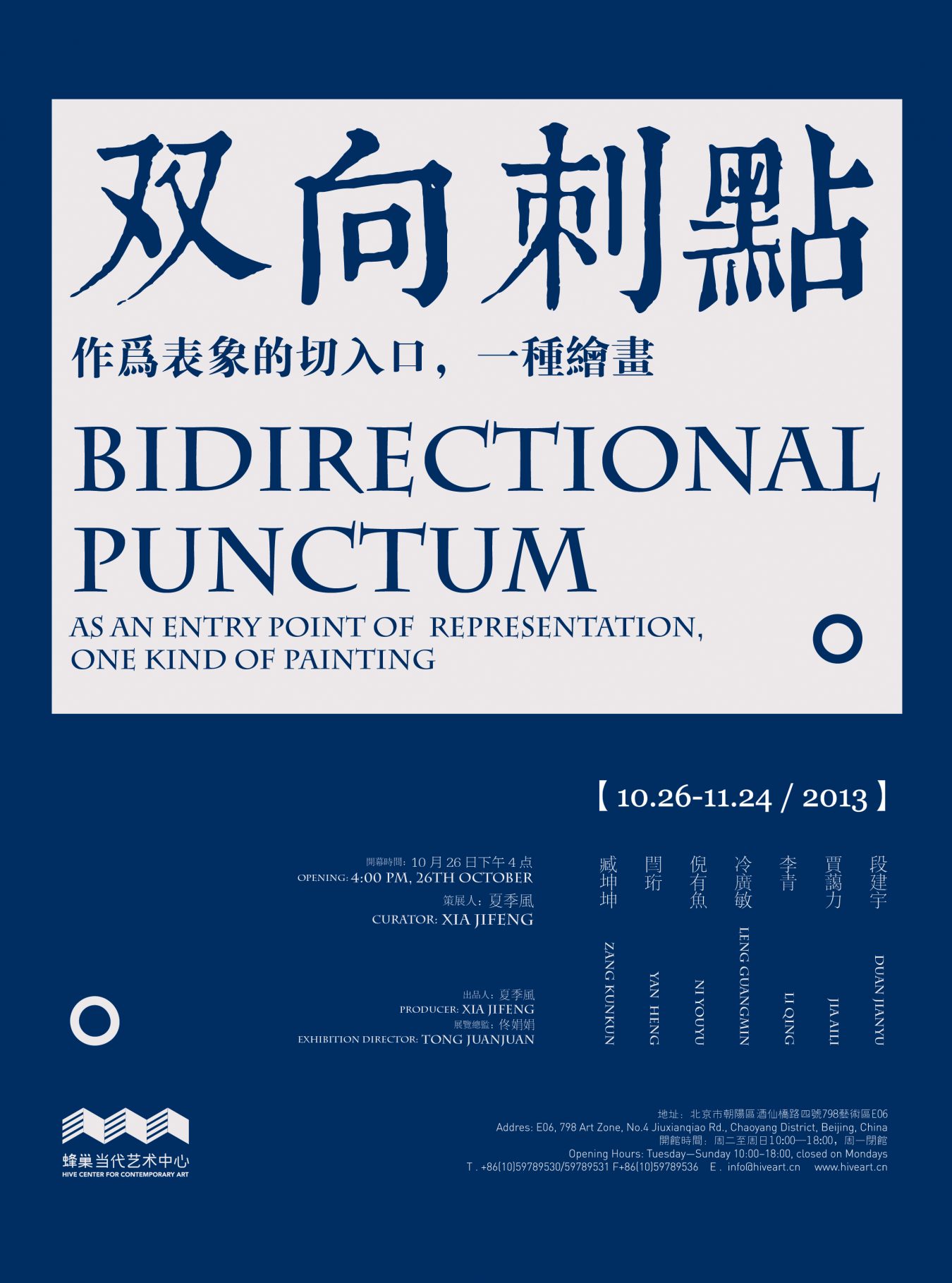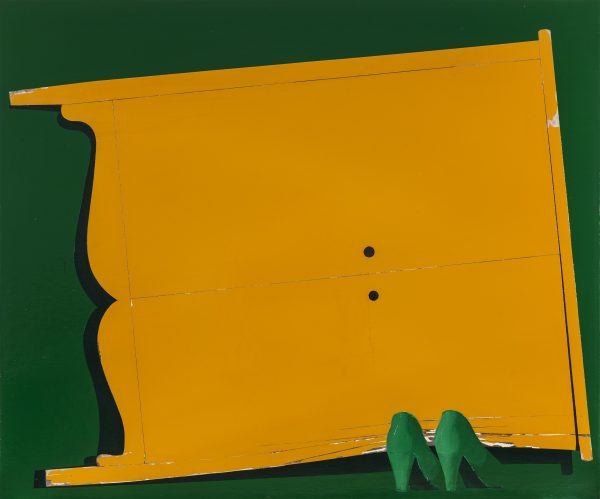The term “punctum” denotes an important concept established by Roland Barthes in his book La Chambre claire. If we were to slightly extend this concept beyond the realm of photographic works, then the “punctum” could be basically understood as the core of the artwork’s soul. Simply put, the punctum refers to the details of a picture. They are not necessarily the result of the artist’s intent. In fact, they are more like the traces left by provenance or the spirit, and they are often easily overlooked. “Punctums” exist as details, not occupying the main body of the artwork, yet they pierce the eyes of the viewer, awakening a unique aesthetic experience in the individual.
There has been much discussion of painting in Chinese contemporary art since the 85 New Wave, but most of this discussion has focused on the “studium” of the artworks, another concept from Roland Barthes. As he sees it, most artworks occupy a middle area, neither good nor bad, and carry routinized emotional, linguistic or politically symbolic content, and though they are sometimes able to move people, this emotional response is actually the rational medium of ethics and politics at work. Both at home and abroad, treating Chinese contemporary painting as political symbolism and discussing the artist’s creative forms through the lens of sociology have become the academic mainstream, even a universal convention.
This exhibition will use the theme of the “punctum” to examine the works of seven Chinese artists born in the 1970s. This approach is much more objective than those used by the observers of the 85 New Wave or the “China / Avant-Garde Exhibition” of 1989, and more likely to bring the discussion of painting back to pure art. This is perhaps an infinitesimal line of inquiry, but just like those enchanting details in the artworks presented at this exhibition, the “punctum” is like an open secret, silently penetrating the surfaces of the artworks. As it pierces the sense of the viewers, it also opens up a window into the artist’s consciousness and creative proclivities.
On another level, this exhibition itself attempts to play the role of the “punctum,” drawing from the force of these punctum-containing artworks to gradually pierce certain clear limitations and biases that prevail in today’s discussion of painting.


